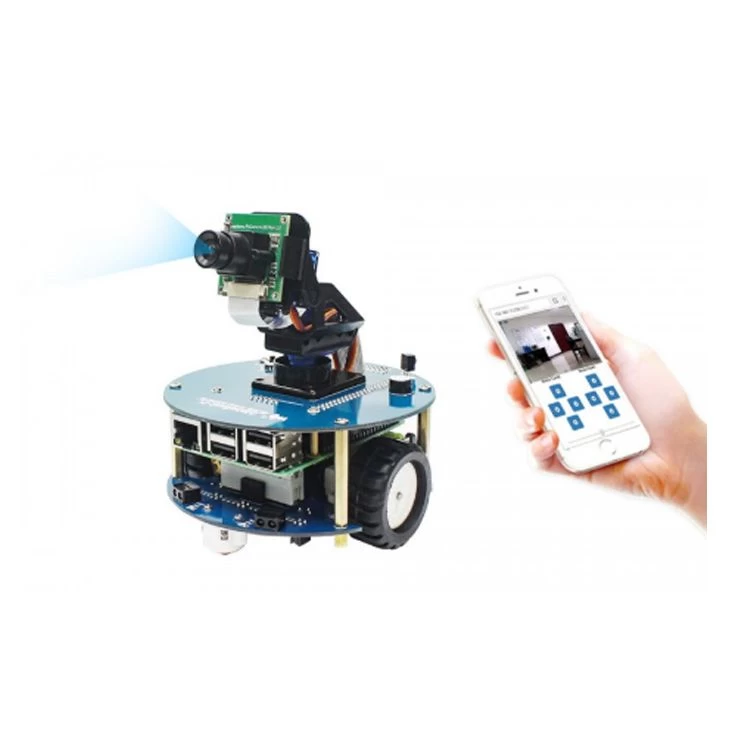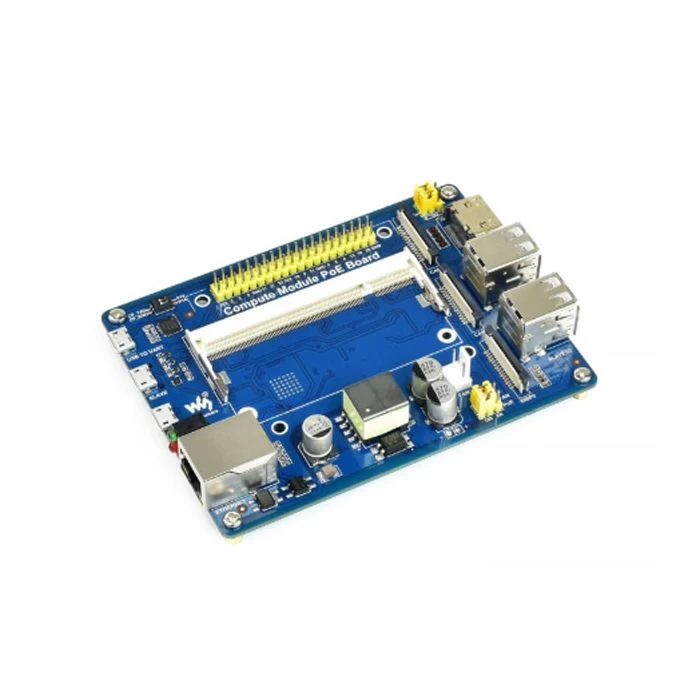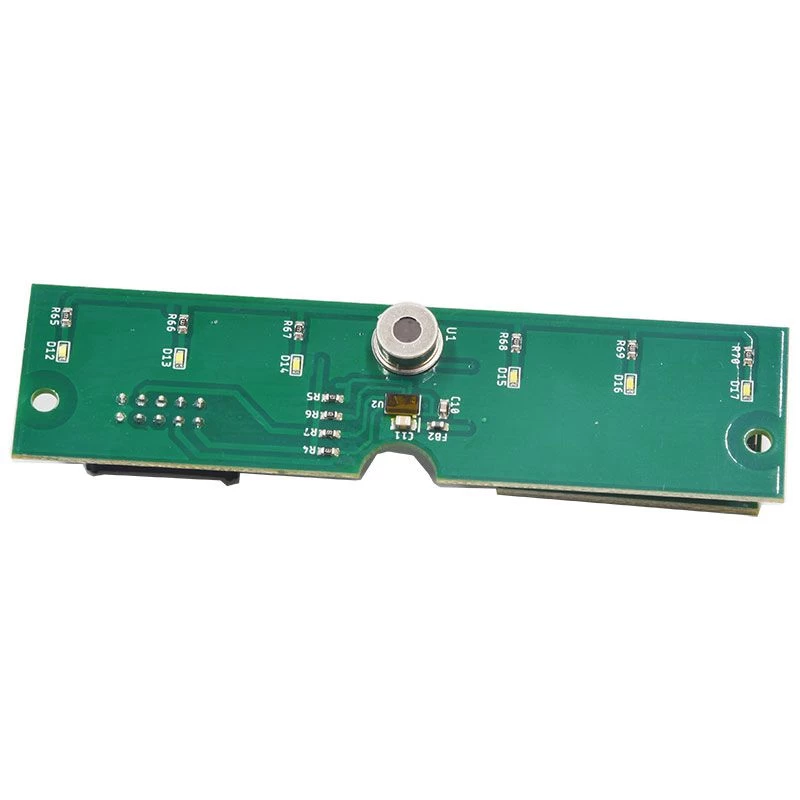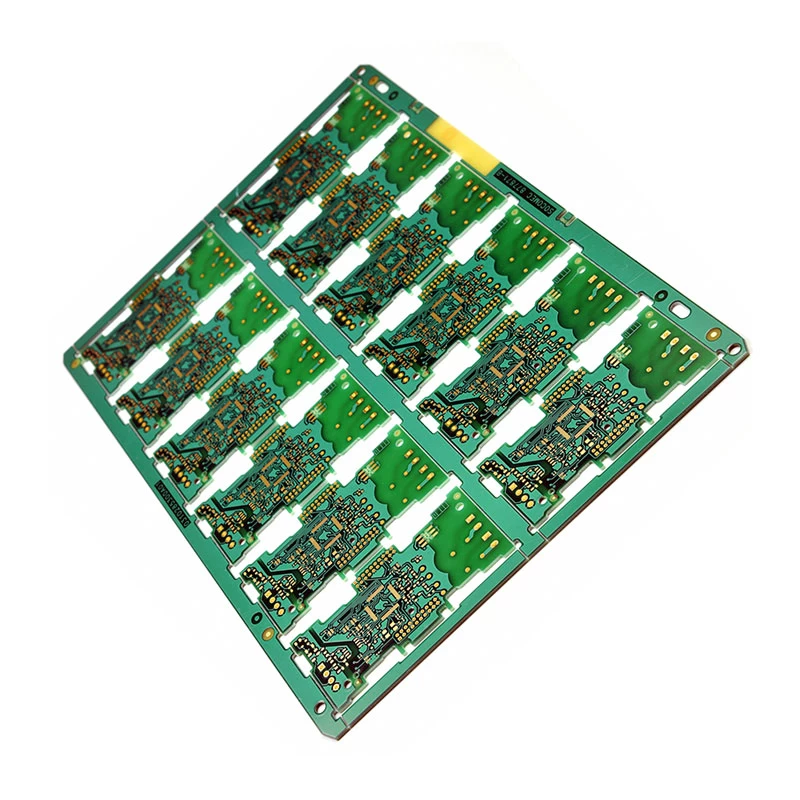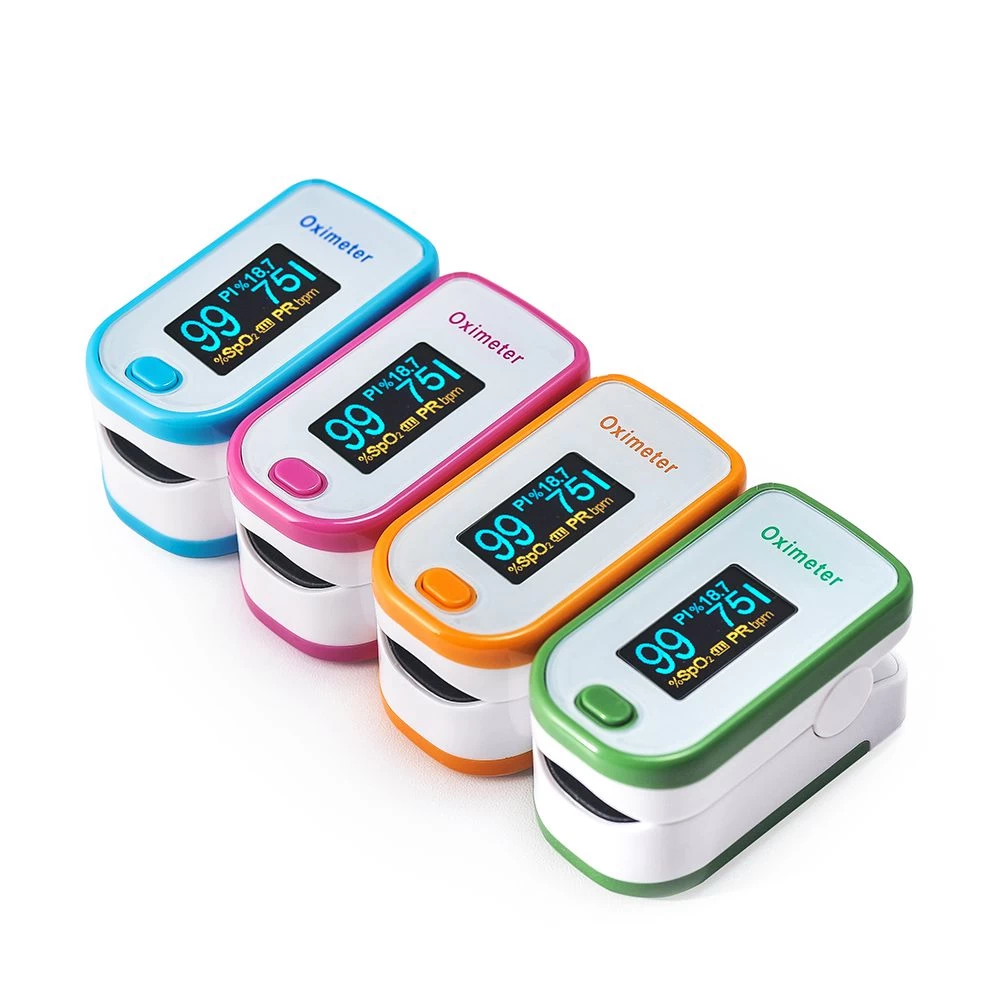The hard and soft combination board can be used to find faults through "these methods"!

Consigned PCB Assembly factory
The hard and soft combination board can be used to find faults through "these methods"! The main fault methods include the measurement voltage method, the signal injection method, and the observation, listening, smelling, and touching.
1 measuring voltage method.
The first thing to confirm is whether the voltage of each chip's power supply pin is normal, and then check whether the various reference voltages are normal, and whether the working voltage of each point is normal. For example, when a general silicon transistor is turned on, the BE junction voltage is about 0.7V, and the CE junction voltage is about 0.3V or less. If the BE junction voltage of a triode is greater than 0.7V (except for special triodes, such as Darlington), it may be that the BE junction is open.

Immersion Gold manufacturer china
2 signal injection method.
Add the signal source to the input, and then measure the waveform of each point backwards to see if it is normal to find the fault point. Sometimes we will use a simpler method, such as holding a dice by hand, touching the input terminals of each level to see if there is any reaction at the output, which is often used in audio, video and other amplifier circuits (but note that the hot backplane This circuit cannot be used for circuits or circuits with high voltages, otherwise it may cause electric shock. If there is no reaction at the previous level and there is a reaction at the next level, the problem is at the previous level and should be checked.
3 Of course, there are many other ways to find fault points, such as watching, listening, smelling, touching, etc. (Ultra-thin PCB manufacturer china )
"Look" is to see if the component has obvious mechanical damage, such as cracking, blackening, deformation, etc.; "listening" means listening to whether the working sound is normal, for example, something that should not ring, the sound is not ringing or sounding. Not normal; "smell" is to check for odor, such as the smell of burning, the taste of the capacitor electrolyte.
For an experienced electronic maintenance person, these odors are very sensitive; "touch" is to test the temperature of the device by hand, such as too hot, or too cold. Some power devices generate heat when they work. If they are cold, they can basically be judged that they are not working. But if the hot place is not hot or the hot place is too hot, it will not work.













